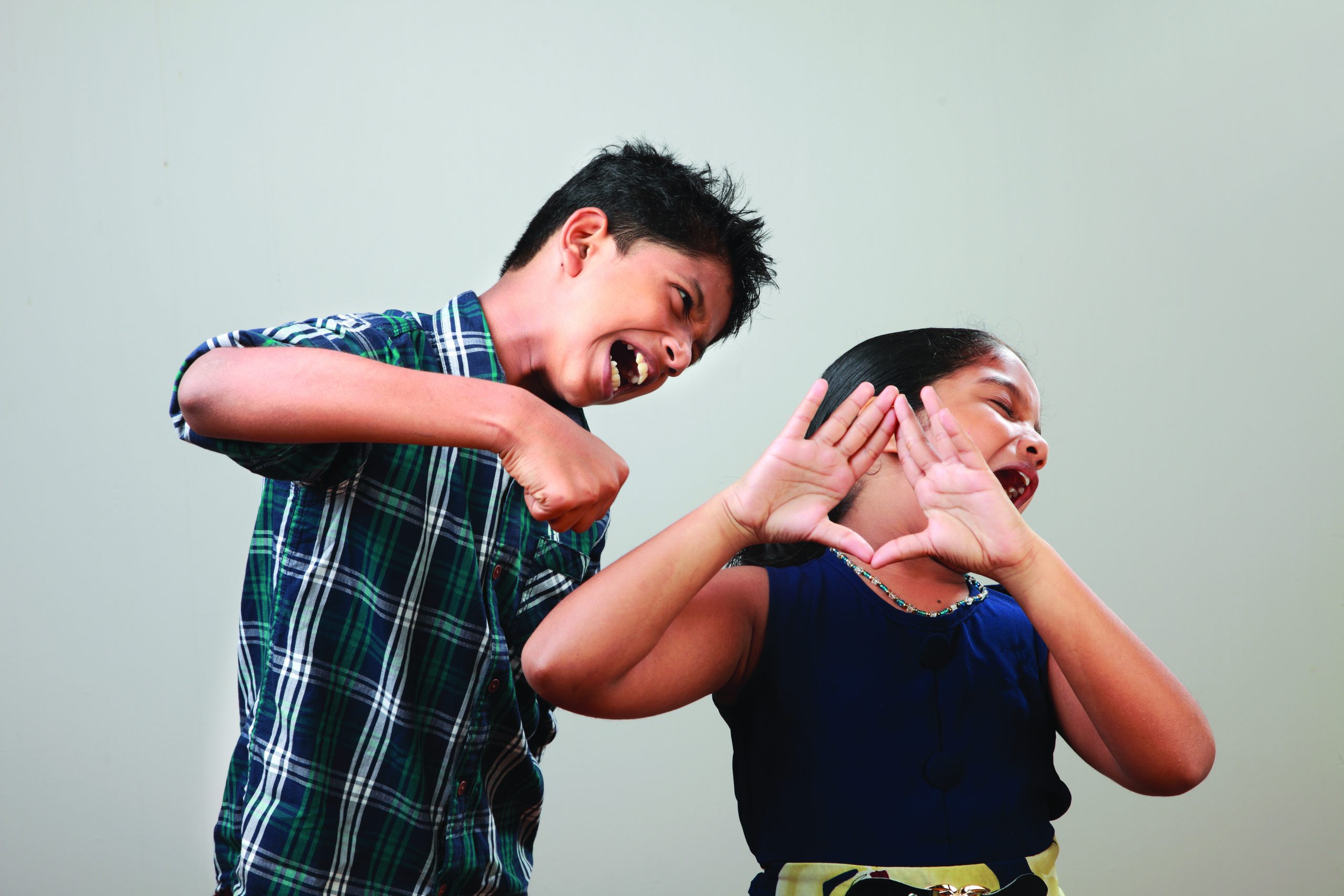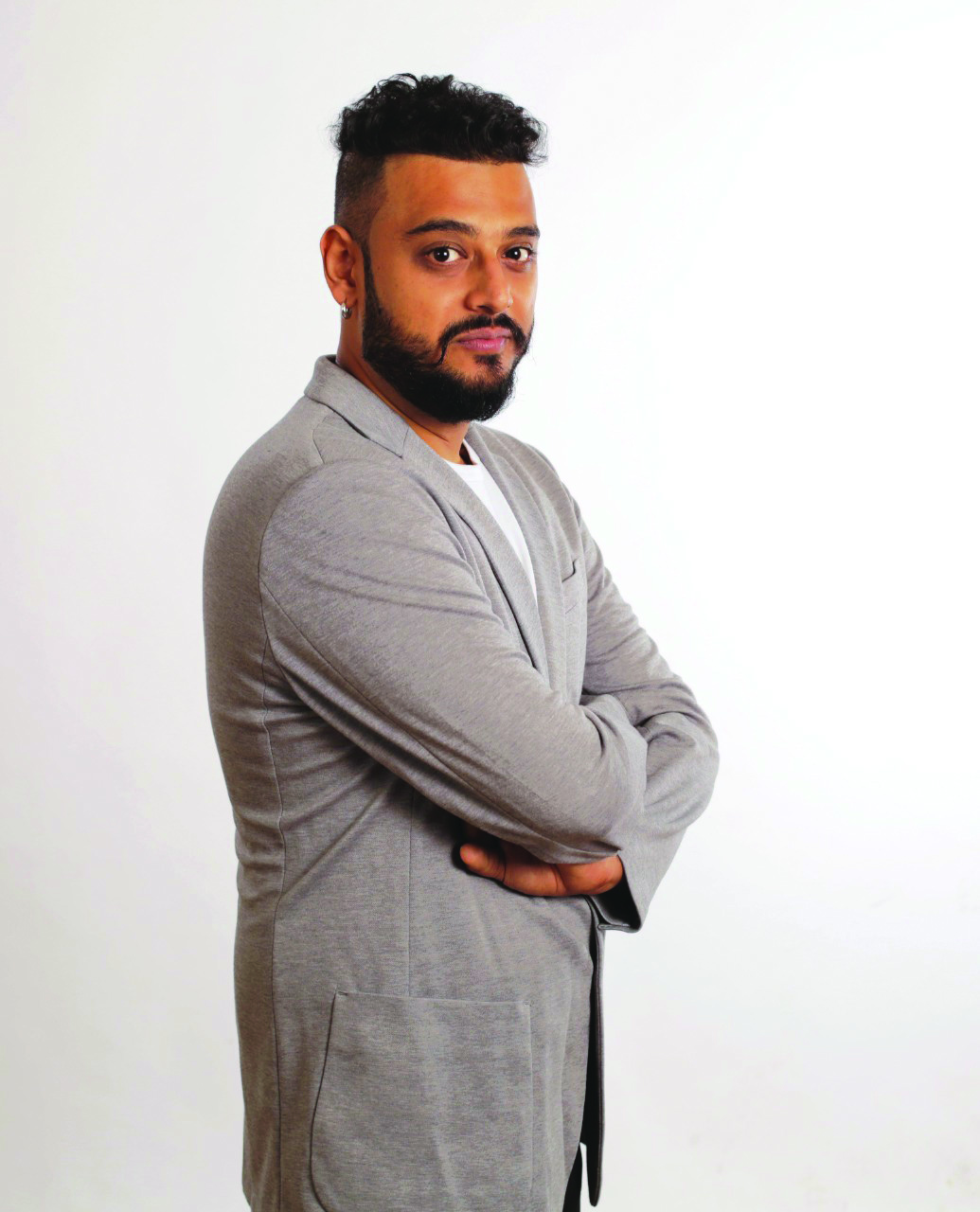In the new digital age of ubiquitous social media, there is an upsurge in violent behaviour among children of all age groups. Reports of teens committing outrageous crimes of rape and murder have become de riguer in the media. Younger children are also visiting violence on their peers writes Aruna Raghuram & Summiya Yasmeen

In these troubled times, every few days one reads about teenage boys in the US — where the right to own guns is a fundamental right — going berserk in malls and public spaces and randomly killing and wounding people. On September 26, three teens killed three peers and wounded a fourth in South Carolina. Other recent incidents include a shoot-out at a teens party in St. Louis which killed one and injured a dozen; a teens’ fight in Florida’s Hollywood Beach that injured nine including a one-year-old and four teens were killed and 30 wounded at a Sweet 16 party in Dadeville, Alabama.
Nor is teenage violence confined to the US. It’s pertinent to recall that one of the perpetrators in the horrific Nirbhaya rape and murder incident in 2012 was an under-age teen. Similar reports of teens committing outrageous crimes of rape and murder have become commonplace in the media. According to a PTI report (August 27), in the Western India state of Rajasthan (pop. 68 million), 1,358 cases of theft, 571 cases of rape, 514 of forgery, 379 of kidnapping, 319 of robbery, 305 of attempted murder and 168 of murder were registered against juveniles in 2021-22. And Rajasthan is just one of India’s 29 states.
And younger children are also visiting violence on their peers. On June 22, a disturbing video of a 2.5-year-old-child beating his classmate in a preschool in Bengaluru went viral.
Rising crimes committed by children may be the outcome of their experiencing violence from early age. A research survey titled ‘Cognitive & Affective Skills Study in Schools across India 2022’ of the Delhi-based Centre for Science of Student Learning indicates that physical and verbal aggression against children is on the rise. The study, which polled 34,648 students during the pre-pandemic period 2018-20, reveals that 47.9 percent of children in private schools reported verbal abuse and 36.4 percent peer physical abuse.
Moreover, the Covid pandemic has aggravated aggression and anger in children. A 2022 study by the UK-based National Institute for Economic and Social Research reported increased aggressive behaviour such as biting and hitting in preschool children post-pandemic. Another study published online in the National Library of Medicine found (2019) that adolescents have become more aggressive after the pandemic lockdowns.

Dr. Aman Bhonsle
Dr. Aman Bhonsle, a Mumbai-based psychotherapist, family therapist and author, says that in “the new digital age of ubiquitous social media”, there is an upsurge in violent behaviour among children of all age groups. “Undoubtedly, there is a rise in aggression among children across age groups. Children are responding aggressively to minor issues such as parents restricting access to video games and smartphones. Rising exposure to violence on mobile phone screens, a culture of growing consumerism, entitlement and instant gratification, breakdown of family ties and violent home environment are some of the causes which are making children aggressive and violent,” says Bhonsle.
Aggression, defined as any action that results in physical or emotional injury to another individual or damage to property, starts early in a child’s life. Canadian psychologist Richard Tremblay says some children can become physically aggressive in early infancy and that it’s critical to teach children to regulate aggression starting during preschool years. Those who are not taught anger management seem to be at highest risk of serious violent behaviour during adolescence and adulthood, he says.
Violence in children and adolescents manifests as explosive temper tantrums, physical aggression, fighting, threats or attempts to hurt others (including thoughts of wanting to kill), use of weapons, cruelty towards animals, arson, intentional destruction of property and vandalism. A research paper authored by University of Nebraska researchers titled ‘Helping Children Resolve Conflict: Aggressive Behaviour of Children’ (2016) lists four types of aggressive behaviour in children.
Accidental aggression. Stepping on another child’s foot or knocking over building blocks she is setting up unintentionally are examples of accidental aggression. Here, there is no deliberate intent to hurt anyone. Rough and tumble physical play falls within this category.
Expressive aggression. Committing aggression because it feels good. The child, however, does not intend to cause hurt. For example, a toddler is so involved in play she doesn’t notice the other child isn’t happy when her building blocks are knocked down.
Hostile aggression. These are acts of aggression perpetrated to hurt physically or psychologically.
Instrumental aggression. This is when children fight over objects (e.g, toys), territory or rights, and someone gets hurt in the ensuing quarrel.

Purnima Gupta
Purnima Gupta, an Ahmedabad-based psychotherapist, believes that expressive and accidental aggression is common in young children, especially preschoolers. “A certain degree of aggression is normal and even healthy for children. During the preschool years, a child is developing her identity and an understanding of the external world. Everything is not the way she expects it to be or would like it to be. During this phase, expressive aggression is common. A child loves kicking something that comes in her way or knocking someone down. This gives the developing self a sense of power,” she says.
However, Gupta cautions parents and caregivers that there is a fine line between aggression that is a normal part of growing up and aggression triggered by adverse home/environmental factors. “Early childhood is a critical phase during which parents and teachers need to teach children to control their emotions. Because if not addressed, it transforms into hostile aggression and takes the form of bullying in adolescence,” she adds.
Prerna Kalra, a certified parent educator and CEO of Parenting Matters, Chennai, concurs. “Preschoolers have poor impulse control and limited language skills. They tend to exhibit their frustrations physically through crying, pushing, hair pulling, hitting and other such aggression. Adults refer to these as temper tantrums. But children are derailed by emotions which they cannot process. That’s where parents need to come in and help them identify, validate, and regulate their emotions. This is invaluable to enabling them to manage negative emotions in middle and adolescent years,” says Kalra.
Child aggression causes
The major causes of aggression in children are:
Impulsivity, hyperactivity & other factors. High motor activity, impulsivity, and certain sensory disorders make children more predisposed to aggressive behaviour.
Exposure to violence. Experiencing violence (being physically or sexually abused) or observing parents/extended family being abusive to each other is a major cause of aggression in children, especially teens. Recent Unicef data reveals that 75 percent of children in the two-four age group (around 300 million) worldwide, are regularly subjected to violent discipline by their parents/caregivers. Also, around 25 percent of children under the age of 5 (176 million) live with a single parent — usually mothers, who are victims of intimate partner violence.
Harsh/aggressive parental behaviour. A harsh parenting style tends to make children aggressive. Deprived of parental care, affection and sense of security, as they grow up, children resort to aggression to release frustration and anxiety.
Difficult life events. Poverty, birth of a sibling, moving to a different neighbourhood/city, illness of a parent, etc, precipitates great stress, and some children might resort to aggressive behaviour to express their distress.
Learning difficulties/neurological disorders. Autism, ADHD (attention deficit hyper disorder), learning, speech and hearing disabilities or difficulties often restrict development of a child’s communication and emotion regulation skills, and trigger aggressive behaviour.
Exposure to violent media content. Several research studies have confirmed that exposure to violence in print/audio-visual and social media is directly linked to aggression in children.
In an essay in the online magazine The Conversation, US-based psychologist Dr. Caroline Fitzpatrick estimates that 90 percent of movies, 68 percent of video games, 60 percent of TV shows, 15 percent of music videos and 37 percent of media targeted at children display violent content. Exposure to violence in media plays havoc with children’s fragile minds, prompting them to resort to violent behaviour to resolve conflicts, especially among teens.

Riri Trivedi
Among adolescents, according to Riri Trivedi, an Ahmedabad-based regression therapist, trainer and parenting coach, there are several specific causes of aggression. “If violence is normalised in the family environment that’s a major cause. Highly critical parenting amounting to emotional abuse can lead to internalised anger resulting in self-harm or violence towards others. School environments can also trigger violence. For instance, if a child is being bullied in school, that can make him aggressive at home. Substance abuse is another big cause for aggression in teens as is violent content seen on OTT platforms and social media posts. Add to this, hormonal imbalances leading to dysregulated emotions,” says Trivedi.
Parent guidelines
The American Academy of Child and Adolescent Psychiatry (AACAP) advises parents not to dismiss violent behaviour in children at any age as “just a phase they’re going through.” It advises the following:
- Teach children how to control anger and disturbing emotions
- Encourage them to express anger and frustration in appropriate ways
- Make them aware that there are responsible for their actions and need to accept consequences, if any
- Address family conflicts and school problems that may be contributing to their aggression
- Reduce and minimise children’s exposure to violent content on media
Back in India, PW also interviewed well-reputed psychologists and parenting experts to advise parents on managing rising aggression in Gen Z. i.e, children born between 1996-2010 and Generation Alpha, born after 2010 Their suggestions:
Observe your child keenly. “Parents should observe their children for signs of behavioural disturbances and pent-up aggression. Parents must make it their business to learn about child development phases and prepare their children for each phase. They should explain that physical aggression is not acceptable and will have consequences,” says Purnima Gupta.
Dr. Aman Bhonsle advises parents to immediately address children’s aggressive behaviour through discussion and dialogue. “Explain to children that anti-social behaviour will have consequences. For instance, tell your child if she quarrels and beats up her peers, no one will want to play with her. Moreover, to develop harmonious and emotionally balanced children, it’s important that parents spend quality time with them,” advises Dr. Bhonsle.
Teach children to identify, validate and process emotions. It is important to teach children to acknowledge and express negative feelings and emotions through conversation, play, and creative art. “A child may be disappointed when she is not given a lollipop but does not understand the sentiment. Instead, she may express her disappointment aggressively. She may tell her mother she hates her. Her mother should tell her: ‘Looks like you are very upset. You wanted that lollipop and felt disappointed when I said ‘no’. Would you like to blow bubbles or play instead?’ Such alternative suggestions will help her release negative emotions in a healthy way,” says Prerna Kalra, who adds that physical comforting and cuddling also has a calming effect on younger children.
“In the case of older children displaying aggressive behaviour, try to calm them down and engage them in dialogues without being judgemental. Teach them conflict resolution skills. Encourage them to cry, it’s self-soothing and therapeutic,” she adds.
Hold children accountable for aggression. Apart from setting boundaries and explaining that violence — physical or verbal — is not acceptable, it’s important to hold children accountable for their actions. American social worker James Lehman, who has worked for over three decades with troubled children, writes in an essay
(www.empoweringparents.com) that parents need to tell their children that there are consequences for aggressive actions. “These consequences must be set up as learning experiences. They should teach your child what to do differently next time. A consequence is typically the loss of a privilege. You can’t punish your child into good behaviour, but you can get her to want to behave better through effective consequences,” explains Lehman.
Monitor your child’s social media/television viewing. Restrict children’s viewing of violent media by watching TV/movies together. The impact of aggressive media content can be toned down if a parent explains to the child what they are seeing is not reality. Also, switch off the TV if content gets too violent.
Get children involved in physical activities. Participation in sports and games are excellent ways to canalise children’s energies as outlets for aggression.
Discipline with firmness and compassion. Discipline children without harshness and physical punishment. Instead, withdraw privileges for behavioural lapses. Use verbal praise and physical displays of love to reward good behaviour.
Adopt a balanced parenting style, especially for adolescents. The teenage years are a confusing, transitional phase, making parent-child interactions highly volatile, and teens often vent their anger through violence. “It’s important that parents of teens are not reactive in their responses. Adopt a balanced parenting style giving high importance to building trust, connection and mutual respect with teenage children. Also be aware that negative peer influence of your teen’s friends and lifestyle may be the cause of violence and/or behaviour in this age group,” says Riri Trivedi.
Model non-aggressive behaviour. Parents need to model non-aggression at home. Avoid using abusive and rude language with spouse, family members and domestic help because children imitate parental behaviour. Parents need to regulate their own emotions before teaching their children to do so larger red dot.
Advice from an educator
Dharini Srinivasan, director of Dishaa Montessori School, Bengaluru, shares some ways and means her teachers use to manage aggression in young children. She believes that parents can learn and implement these valuable lessons at home:
- Use songs and rhymes to reinforce harmonious behaviour. For instance, lyrics of a song can tell the child that she should use her hand for handshakes rather than hitting. Or, their mouths for talking, singing and eating, rather than for screaming and using abusive language.
- Storytelling is an excellent way to reinforce pro-social, positive behaviour.
- Use Circle Time pedagogy. Facilitators and children sit in a circle and discuss types of behaviour which is permissible/not permissible. Discussion and dialogue are great ways to build mutual trust and respect, set boundaries and praise conflict resolution capabilities.
- If a child is behaving aggressively and is unresponsive to her teachers’ pleas to calm down, we use a type of ‘time out’. The child sits on a chair next to the teacher and watches her friends at play. Soon, she gets bored and quietens down. Then she is called to join the activity. Positive discipline teaches children to take responsibility for their actions.
- Parents should give sufficient time and attention to their children including engaging in play and outdoor activities with them.

























